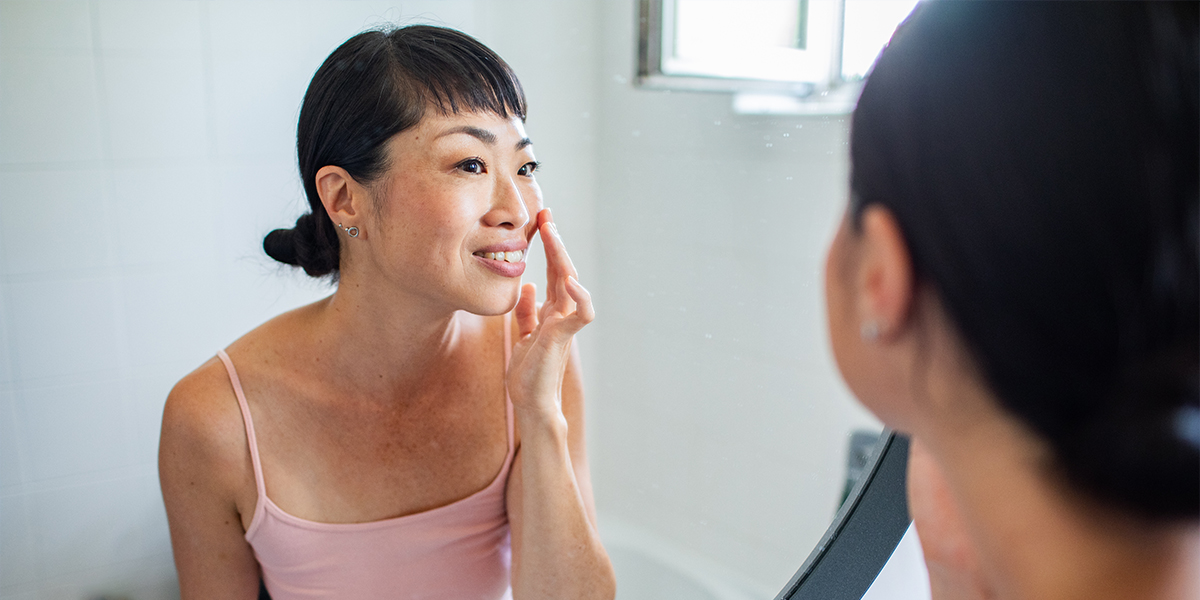…And Why Annual Exams Actually Matter
Summer is right around the corner, which means longer days, more sunshine, and yes, a friendly reminder to check in with your skin.
Skin cancer is the most common cancer in the United States, affecting 1 in 5 Americans. That’s a pretty staggering stat, but when detected early, most skin cancers are highly treatable. Here’s what you need to know about spotting the warning signs, doing regular self-checks, and scheduling that all-important annual skin exam.
See Something New? Get It Checked.
If you’ve recently noticed a new spot on your skin, or a mole that’s changing, it might be time to come in for a professional evaluation. Even if it seems small or harmless, it’s better to be safe than sorry. Skin cancer often starts subtly and catching it early makes all the difference.
Doing monthly self-checks is a great way to stay on top of your skin’s health. It helps you get familiar with what’s normal for your body, so when something changes, you’re more likely to spot it. Here’s a helpful guide from the AAD on how to do a self-exam.
What to Keep an Eye On
Get familiar with the three most common types of skin cancer, how they show up, and when it’s time to call your dermatologist.
Basal Cell Carcinoma (BCC)
The most common type of skin cancer. BCC usually shows up in areas with lots of sun exposure (think face, scalp, ears, neck, or hands), but it can develop anywhere.
What it looks like:
- A sore that won’t heal (or heals and comes back)
- A spot that bleeds, itches, or looks crusty
- Shiny, waxy, or scaly patches
Different types of BCC include:
- Superficial BCC: Flat, pink or red, shiny or scaly
- Nodular BCC: Dome-shaped, pearly, may have visible blood vessels
- Sclerosing BCC: Firm or scar-like, often pale and flat
Basal Cell Carcinoma (SCC)
SCC often grows a little faster than BCC and also shows up on sun-exposed areas. It’s still very treatable, especially when caught early.
What it looks like:
- A sore that won’t heal
- A spot that bleeds easily or looks crusty
- Rough, scaly patches that stick around
Types of SCC to know:
- Bowen’s Disease: Flat or slightly raised red, scaly patch
- Keratoacanthoma: Dome-shaped bump with a central plug—grows quickly
Malignant Melanoma (MM)
Melanoma is the most serious and potentially life-threatening form of skin cancer. It can affect people of all skin types, and it’s especially common among young adults aged 25–29.
What to look out for:
- A mole that looks different from the rest
- Rapid changes in size, shape, or color
- Spots that bleed, itch, or evolve
Remember the ABCDEs:
- Asymmetry
- Border irregularity
- Color changes
- Diameter > 6mm
- Evolving over time
Don’t Wait! Book Your Skin Check Today
When it comes to skin cancer, early detection saves lives. If you notice a new or suspicious spot or just want peace of mind, schedule your annual skin exam with us. We’re here to help you stay proactive, informed, and protected all year long.
Call us at (704) 375-6766 or click here to book online. Your skin will thank you!

